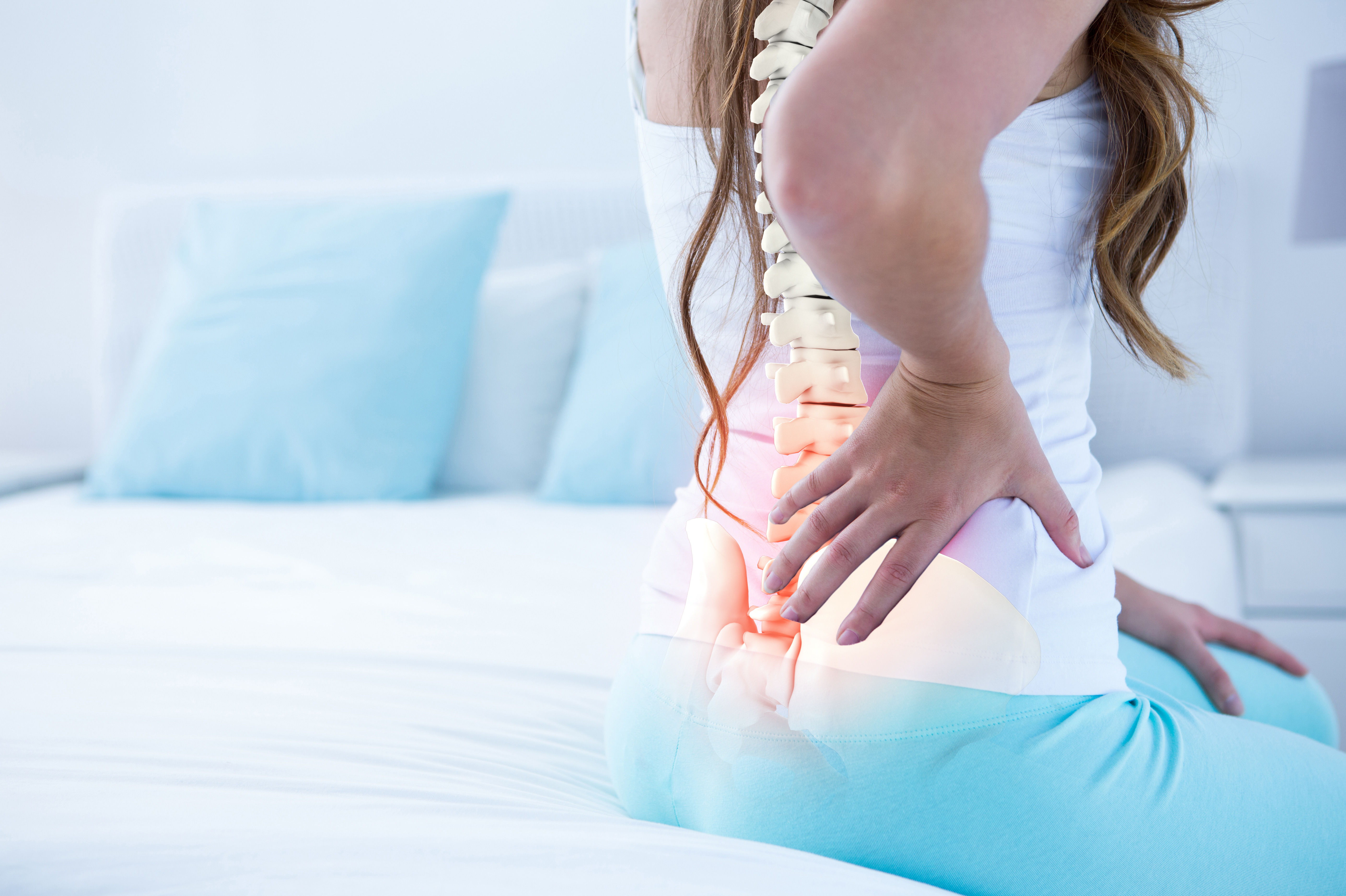
Scoliosis is a common spinal condition that affects millions of people worldwide. While it can vary in severity, scoliosis can cause discomfort, pain, and even affect the quality of life for those who have it. Fortunately, chiropractic care offers a non-invasive and effective approach to managing some symptoms of scoliosis. In this article, we'll delve into what scoliosis is, how chiropractic care can help, and what you can do to maintain a healthy spine.
Early detection is critical for management of scoliosis. Your chiropractor or General Practitioner can offer advice regarding detection. The Scoliosis Australia website is also a great resource. If you have a child aged 10-12 there is a specific FACT SHEET for doing a home check for scoliosis.
Understanding Scoliosis
Scoliosis is a medical condition characterised by an abnormal curvature of the spine. Instead of the spine appearing straight when viewed from behind, it has a noticeable "S" or "C" shape. This condition can develop at any age, but it is most commonly diagnosed during adolescence. The cause of scoliosis varies and can be attributed to factors like genetics, neuromuscular conditions, or injury.
Signs and Symptoms
The signs and symptoms of scoliosis can vary from person to person. Some common indicators of scoliosis include:
-
Uneven shoulders or waist
-
A prominent shoulder blade
-
One hip appearing higher than the other
-
Back pain or discomfort
-
Difficulty breathing in severe cases, as the curvature may affect lung capacity
Adolescent idiopathic scoliosis (AIS), a condition with an unknown cause, primarily affects otherwise healthy adolescents, making up 80-90% of scoliosis cases. It's noteworthy that AIS is more common in females, accounting for approximately 90% of patients, although it can occur sporadically in males.
The onset of scoliosis differs between genders due to variations in adolescent growth patterns. Typically, scoliosis appears during the early stages of adolescence, around the ages of 10-12 for girls and 12-14 for boys, coinciding with their most rapid growth periods.

Chiropractic Care for Scoliosis
Chiropractic care is a natural, non-invasive approach to managing the symptoms of scoliosis. Chiropractors are trained to diagnose and treat a wide range of spinal conditions, including scoliosis. Here are some ways in which chiropractic care can be beneficial for individuals with scoliosis:
-
Spinal Adjustments: Chiropractors use hands-on techniques to make gentle adjustments to the spine. These adjustments can help improve spinal alignment, reduce pain, and enhance overall mobility.
-
Pain Management: Chiropractors can provide relief from the discomfort and pain associated with scoliosis. Through adjustments and other techniques, they aim to alleviate the stress on the affected areas of the spine.
-
Posture Correction: Poor posture can exacerbate scoliosis. Chiropractors can provide guidance on maintaining proper posture, which can contribute to slowing the progression of the condition.
-
Exercise and Rehabilitation: Chiropractors often recommend specific exercises and stretches to strengthen the muscles supporting the spine. This can help improve stability and reduce the risk of further curvature.
-
Lifestyle Recommendations: Chiropractors may offer advice on lifestyle modifications, including nutrition and ergonomic adjustments, to support spinal health.
It's important to note that chiropractic care for scoliosis is most effective when it is part of a comprehensive approach to treatment that usually includes other healthcare providers, such as orthopaedic specialists and physical therapists.
Preventing Progression and Managing Scoliosis
While chiropractic care can be instrumental in managing scoliosis, it's essential to take steps to prevent its progression. Here are some tips:
- Regular Checkups: Early detection is key. Ensure that children and adolescents receive regular checkups, as scoliosis is often diagnosed during growth spurts.
Exercise: Encourage physical activity, which can help maintain strong core muscles and promote good posture.
- Ergonomics: Pay attention to ergonomics, whether at school, work, or home. Use ergonomic furniture and maintain proper body mechanics to reduce strain on the spine.
- Nutritious Diet: A balanced diet that supports bone health is essential. Ensure an adequate intake of calcium, vitamin D, and other nutrients.

Scoliosis can be a challenging condition, but chiropractic care offers a valuable avenue for managing its symptoms and promoting spinal health. With the right chiropractor and a comprehensive, holistic approach to treatment, individuals with scoliosis can enjoy a better quality of life. If you or a loved one is dealing with scoliosis, consider consulting a chiropractor to explore how chiropractic care can make a positive difference in your journey to a healthier spine.
This information is general in nature. If you are concerned about yourself or a loved one's spinal health, please consult a registered health professional.
References:
https://www.scoliosis-australia.org/
https://www.healthdirect.gov.au/scoliosis
https://www.sciencedirect.com/science/article/abs/pii/S1556370711000915


